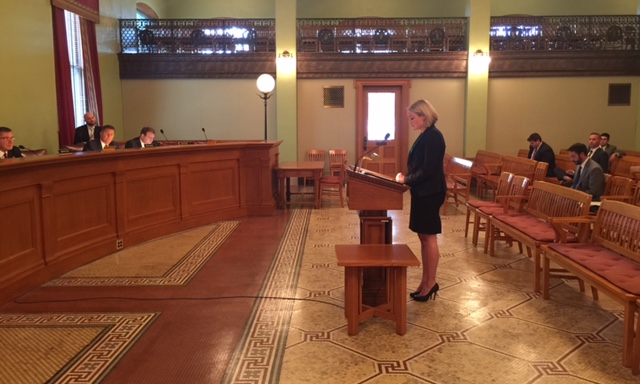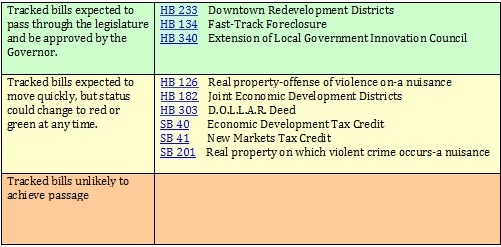By Torey Hollingsworth, Graduate Intern As a Master’s student in the City and Regional Planning program at Ohio State, I get to spend even the time I’m not at Greater Ohio thinking about policies and practices that affect Ohio’s urban areas. I also get to spend a lot of time examining our cities’ pasts, which not only helps give a better sense of how we got where we are today, but can also give ideas about where we can go in the future.
As part of a recent assignment, I read the 1954 Comprehensive Plan created for Dayton. There are a number of interesting things in it – early steps toward mass suburbanization, discussions of the routes of the federal highway system through town, and maps outlining areas slated for urban renewal. But one thing struck me more than any other: according to data collected for the plan, less than one percent of people living in the city of Dayton in 1952 lived more than a quarter mile from a transit line. Less than 10 percent of people living in the entire region lived outside of the quarter mile radius from bus or trolley lines as well.
Although exact comparisons to today aren’t available, a Miami Valley Regional Planning Commission report shows that 36.3 percent of Montgomery County residents lived outside of the quarter mile buffer in 2008.[1] When the radius was expanded to three-quarters of a mile as it was in The Brookings Institution’s 2011 Report “Missed Opportunity: Transit and Jobs in Urban America,” fewer than one percent of city residents and 33 percent of metro residents fell outside of the buffer in 2010.[2]
I expected that transit access would not be nearly as widespread as it was in the 1950s, but these numbers surprised me – the coverage of transit lines has not reduced as significantly as I would have expected since the 1950s. Despite significant growth in the area considered “urban” and dramatic reductions in ridership, the percentage point drop in population living within a reasonable radius of transit lines has been relatively modest.
Dayton in 1959. Photo Courtesy: Dayton History Books Online
What has changed dramatically, however, is how well transit lines are helping people get to work. According to Brookings’ analysis, only 34 percent of jobs in the Dayton area were accessible within 90 minutes on public transportation. Other Ohio cities do not fare better – Columbus and Toledo tie with Dayton at 34 percent, while the other cities trail behind: Cleveland at 29 percent of jobs, Cincinnati at 28 percent, Akron at 25 percent, and Youngstown at just 14 percent.[3] In the 1950s, jobs were concentrated largely in the central business districts, so transit lines running downtown were convenient, easy ways to get to work. Today, jobs are springing up along the peripheries where transit lines are less likely to go.
This quick look back at Ohio’s cities’ historic transit infrastructure underscores the value of mass transportation for economic and workforce development – transit options can be vital for helping workers, especially lower wage ones, access jobs. It is also a good reminder about the need for a number of the policies that GOPC advocate - including smarter and more robust transit options and promoting sustainable development, including new places of employment, in our existing urban centers.
[1] http://docs.mvrpc.org/lrtp/2008/CHAPTERX.pdf
[2] http://brook.gs/1My01GD
[3] http://bit.ly/1KL6eY1








